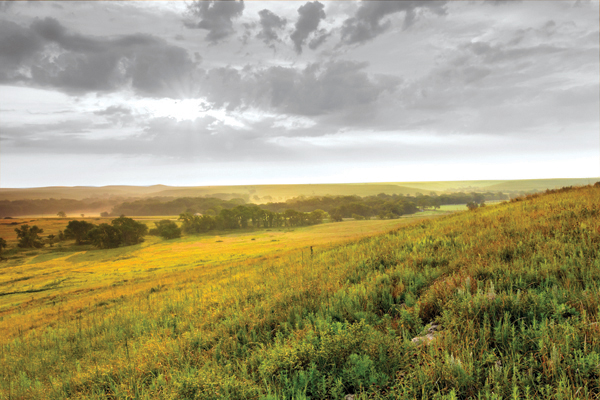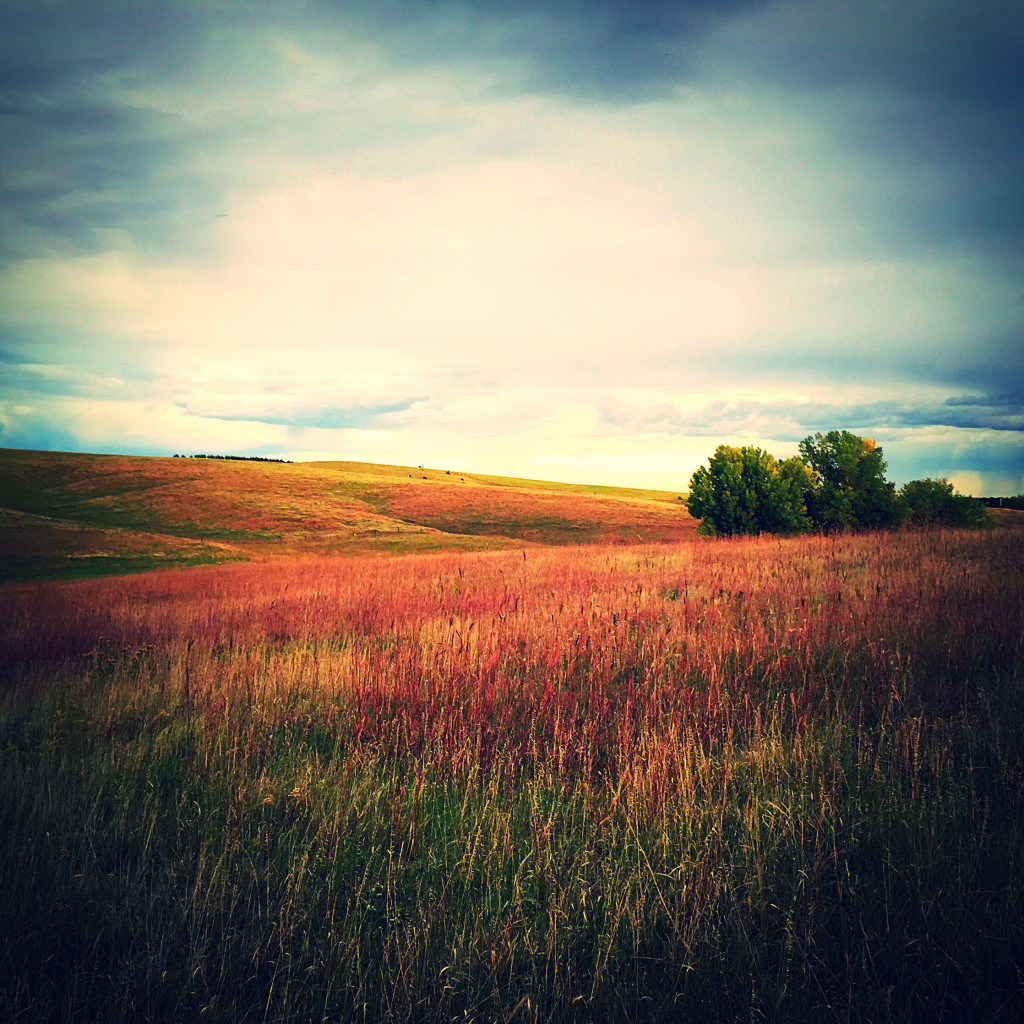
A wide array of farmers, landowners, ag policy makers, lenders, and real estate investors met in early June to take a look at the current farm trends happening across the nation, and how US Ag Policy may need to adapt as a result of these changes. The meeting, hosted by the Farm Foundation, Bank of America/Merrill Lynch, and the USDA’s Economic Research Service, honed in on 8 specific trends that are shaping ag ownership trends not only across the US but for Nebraska farmland as well.
Trend 1: Overall, experts and farmers agree: Cash rent reductions are on the horizon. The current grain market situation is set to lower cash rents an additional 5 to 15 percent, according to farm economists.
Trend 2: Remember talk of land bubbles? Ag economists at the meeting held firm in their opinion that, despite softening farmland prices, most US farmers are in good shape, equity-wise, to deal with them. That’s not to say that situations are rosy across the board. According to ag economist and director of the University of Illinois’ TIAA-CREF Center for Farmland Research, the average debt-to-income ratio is still 6.8 to 1—levels nowhere near the levels experienced during the 1980s bubble burst, but still “storm warning level.”
Still, farmland is still seen as one of the highest-returning, safest investments, and indeed, with a 30 year average 10.5 percent rate of return on Iowa farmland, compared to just 8.17 percent for S&P 500, that seems like an accurate assessment.
Trend 3: While the land market is ripe for investors, nationwide there has been very little outside investment in agriculture, with 99 percent of farms and 90 percent of production resulted from family-owned farms.
Trend 4: A shift in ownership structures is occurring. Sherrick is seeing more separation of operators and ownership. Larger farms are taking on more complex business structures, and many operators are becoming multi-generational—a trend that will make it more difficult for federal programs and ag policy makers to define “farmer.”
Trend 5: An age disparity is being noted between farm owners and farm operators. While the average age of farm operators isn’t rising much, the average age of landowners is.
Trend 6: Similarly, the age of beginning farmers isn’t necessarily young. According to Jeffrey Hopkins of USDA ERS, older beginning farmers are the biggest portion of beginning farmers.
Trend 7: From an ag-policy stance, the next farm bill may be drastically different, with the potential for cotton to be replaced by soybeans as a core commodity. Soybeans have grown faster in acreage as well as in farm revenue than cotton in both the North and South.
Trend 8: The Farm Bills recently issued continue to shift focus to conservation, environmental concerns, crop insurance/risk management, and food/nutrition programs. According to extension ag and consumer economist at the University of Illinois Jonathan Coppess, “We need to find ways to expand the farm policy coalition to get favorable farm policies.” He hopes that the focus of the next Farm Bill will be redirected somewhere to the middle, instead of continually shifting left.
Do you have questions about ways to stay ahead in the current agricultural landscape? Feel free to contact a UFARM representative—we are glad to help you put together a plan of action that works for you.
Source consulted: Vogel, John. “8 Farmland Ownership and Ag Trends Impact Future Farm Policy.” FarmProgress.com. Penton. 14 Jun. 2016. Web. 28 Jul. 2016.



